BMW’s long road to recovery in the postwar era was interesting to say the least. Before the war, BMW had a moderately successful series of luxury and sports cars with its 326, 327 and 328 lineup. However, the market for those cars in Germany didn’t exist in the early 1950s and the technology was quite dated, so BMW found itself reliant upon an Italian-designed and licensed bubble car — the Isetta — to sustain early sales. Of course, with their motorcycle expertise, the air-cooled twins that found their way into Isettas were reliable (though not sprightly) units.
Though economical, a family sedan the Isetta did not make, so starting in 1957 BMW stretched the two seats into four and created the 600. With just shy of 600cc from an enlarged rear-mounted engine borrowed from a R67 motorcycle and a four-speed manual gearbox driving a new semi-independent trailing arm rear end, the 600 was a serious step forward for the company. The improvements were masked behind a familiar face (which still served as the primary door, as with the Isetta) and the 600 was not a sales success, with just shy of 35,000 produced. Intended to compete with the Beetle, it offered little respite from Volkswagen’s steamrolling sales success.
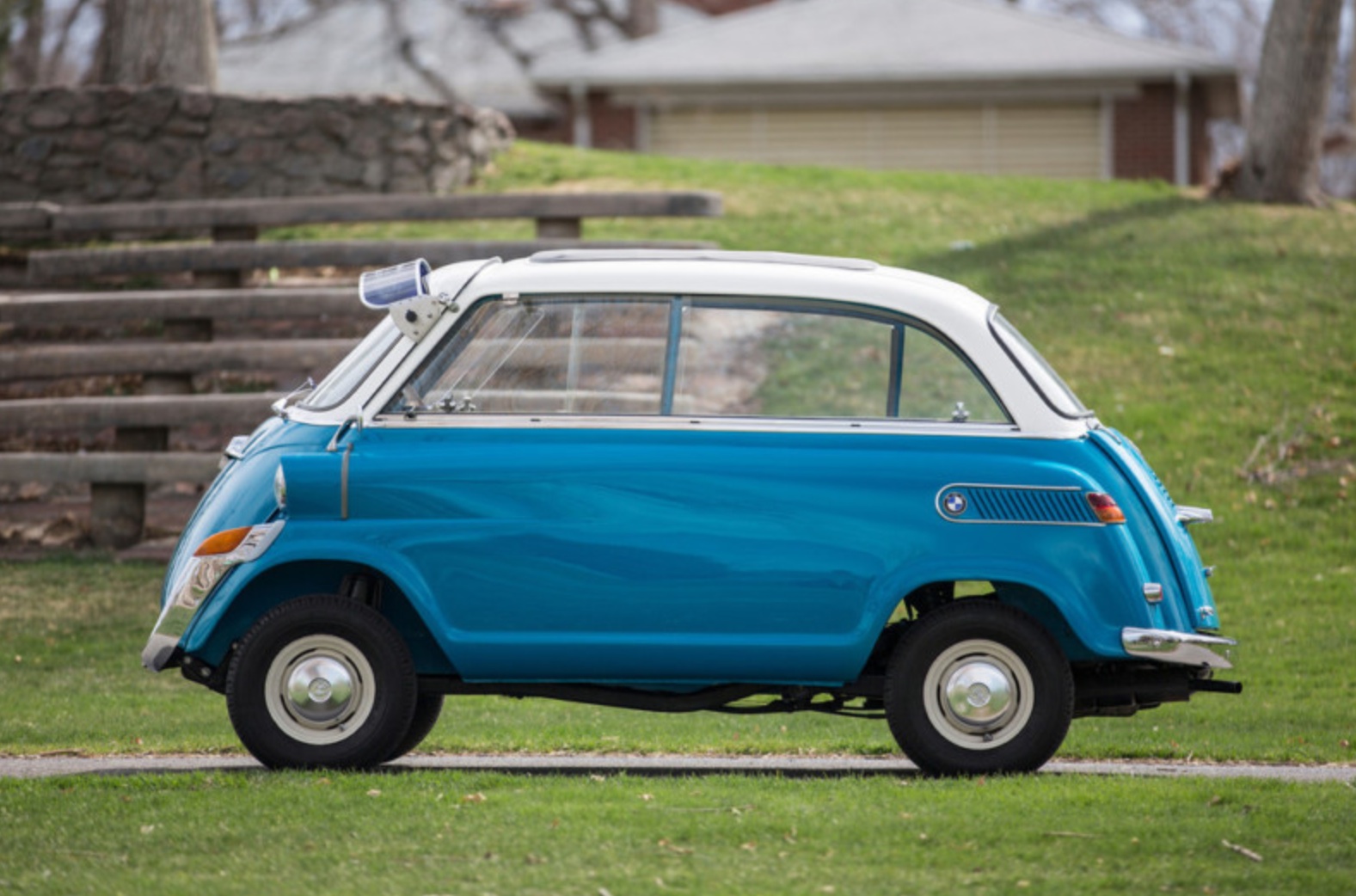
To remedy this, BMW continued to develop the 600 chassis into the larger and more conventional 700 model. Launched in 1959 as BMW skirted attempts by Daimler-Benz to purchase the Munich-based firm, the 700 heralded BMW’s first true postwar sedan. Yet in spite of the conventional sedan proportions, the 700 retained the motorcycle-based air-cooled flat-twin in the back, driving the rear wheels. Back when BMW’s naming conventions matched their engine sizes, the eponymous sedan’s power was upgraded to nearly 700cc and 30 horsepower — 50 percent more than the 600. Styling came from Italian Giovanni Michelotti, who would go on to pen the next generation of BMW sedans.
/stories/2018/08/491791.jpg)
The 700 was available in three configurations — the conventional sedan, a sporty-rooflined coupe, and a convertible, each sporting era-correct tail fins. True to the company’s history, BMW even raced the 700 in rally, circuit and hill-climb events. The 700 would go on to be a relative sales boom for the company, bridging the gap between the borrowed Isetta models and the company’s first postwar conventional sedan: the water-cooled, front-engine Neue Klasse you probably remember best in the form of the legendary 2002.
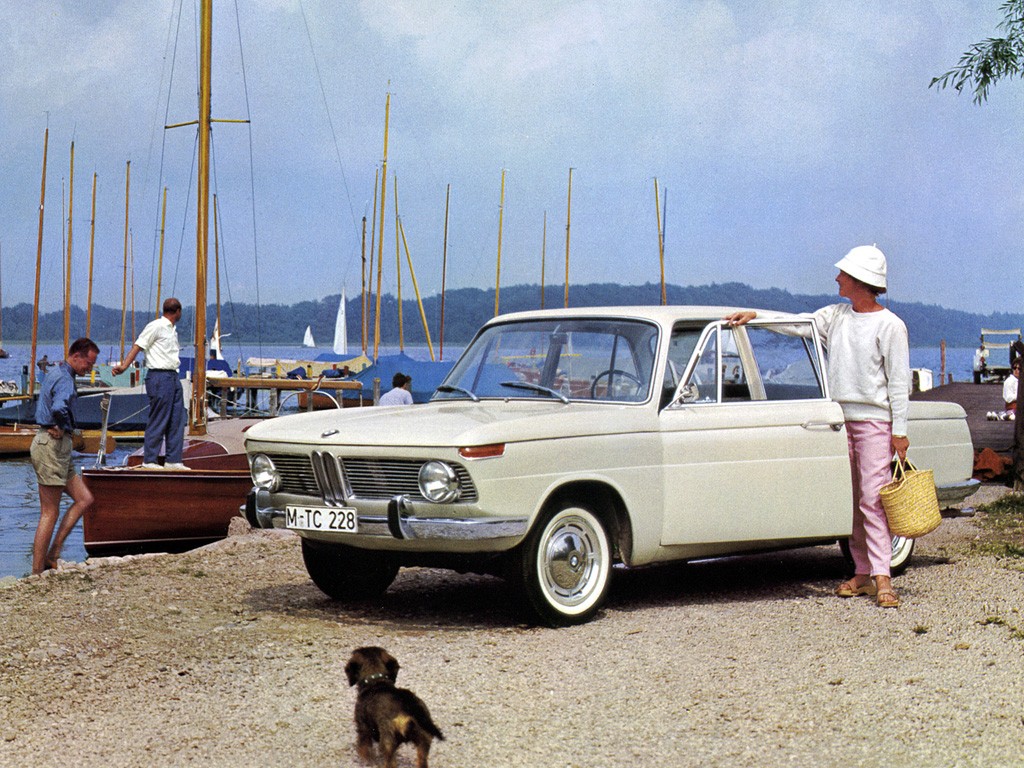
The Neue Klasse launched with quite a splash in 1961 at the Internationale Automobil-Ausstellung in Frankfurt, and signaled a new direction for the company. Badged the 1500 due to its 1499cc M10 water-cooled inline-4, the 1500 was later joined by larger displacement models, some with fuel injection; the 1800 in 1963 and the 2000 in 1966. In 1964, the 1500 was replaced by the enlarged 1600. The M10 was punched out to 1573cc and now produced 4 more horsepower for a total of 84. While the 1600 wasn’t the first Neue Klasse, it was the first commercially successful model; between the beginning of 1966 and the end of 1968, BMW produced nearly 70,000 units of this model alone. But if you spent a bit more, you could get its larger-engined sibling:
CLICK FOR DETAILS: 1968 BMW 1800 on eBay
Year: 1968
Model: 1800
VIN: 1291750
Engine: 1.8 liter inline-4
Transmission: 4-speed manual
Mileage: 40,000
Location: Paramus, New Jersey
Price: Reserve Auction
BMWs Neue Klasse was introduced in 1961 and marked the companys first mid-range series since the Second World War, bridging the gap between the top-of-the-line 501/502 and the more affordable 700s and Isettas. It was also one of the first BMWs to receive the Hofmeister kink at the base of C-pillar, which can be seen on most of their coupes and sedans to this day. This car and the 1600 were the cars that the famous 2002 was built on. BMW was having a hard time staying in business and it was the release of the Neue Klasse series of cars that saved them. Lamborghini Paramus is pleased to offer this stunning 1968 BMW 1800 in Turf Green with a beautiful Grey interior. Powered by a 1.8L M10 making for a very exciting and fun ride! The M10 is mated to a 4-speed manual transmission that shifts without grinds or noises. The engine runs beautifully and runs very smooth. The engine and transmission are numbers matching. Step inside the interior and you will find the beautiful Grey upholstery in great condition. No rips or stains can be found. This car is a true time capsule. The car is equipped with its original radio. The story of this car is quite interesting: The car was reportedly sold new in Switzerland, where it remained with the first owner for over four decades. A German collector purchased it from the original owners estate in 2006 and kept it for the following seven years. Lamborghini Paramus has gone through this car to make sure it drives as good as it looks. We are pleased to say this car is ready to be enjoyed for the summer driving season. Dont wait! This car is extremely rare and unique. You wont find another one especially in this amazing shade of green. Please call Lamborghini Paramus today!
There’s a simplicity in the early E10s that was lost along the way; while the late 2002s are still neat looking, they just aren’t as delicate as the early ones. This ’68 is just plain lovely, and it appears to have been stewarded well by the prior owners. Presentation is generally outstanding with just the right period-correct look that will have the baristas in San Fran over-pressing their espresso grinds. The Turf Green is really neat to see, and I have to say I love the simplicity of the sedan’s tail; that said, there’s something slightly off about the sedan’s proportions compared to the coupes. It really looks a bit too large for its wheel base to me. And I can only imagine the reaction of the over-tanned patrons of the Lamborghini dealership looking at this oddball sedan out in front parked next to their Aventador SVJ.
Nevertheless, as with the Bavaria, this is a rarely-seen bit of BMW history that was nonetheless quite important in establishing the brand as the benchmark it’s still viewed as today. This dealer is apparently looking for about $40,000 for this example; probably a strong ask, given that amount gets you into the more desirable 2002. We also can assume that this particular car traded for a lot less when it last sold on Bring a Trailer given that the high bid was just over $20,000. Granted, we don’t know the final amount and there was cross-oceanic shipping involved. Nevertheless, this car is a lot more appealing in the 20s than it is at double that amount, because you really do open up a lot of options in classic BMWs over $25,000.
-Carter
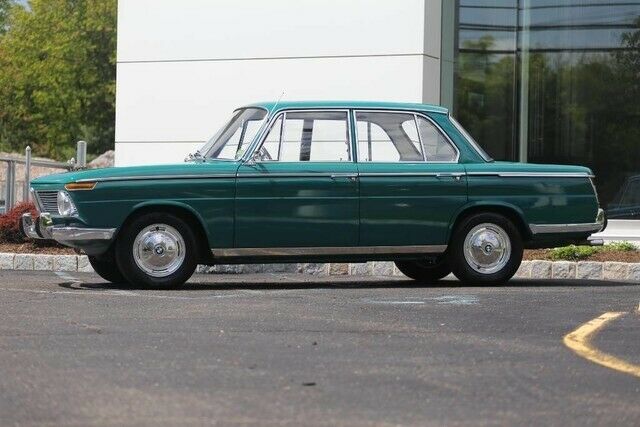
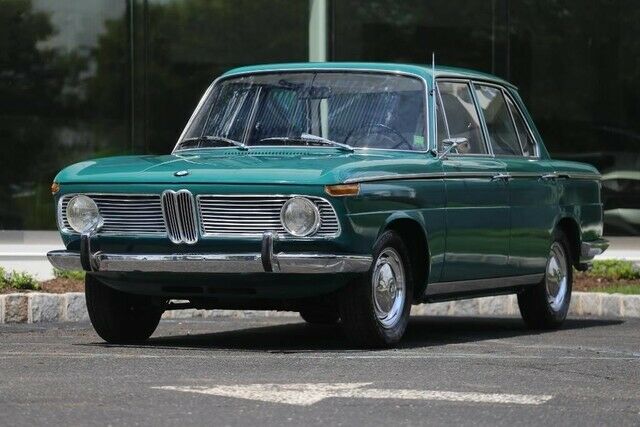
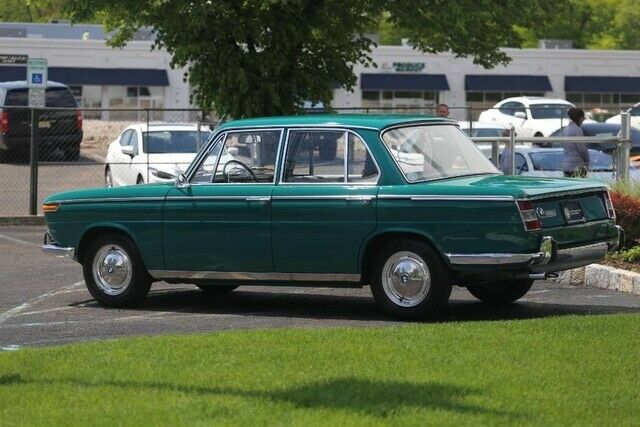

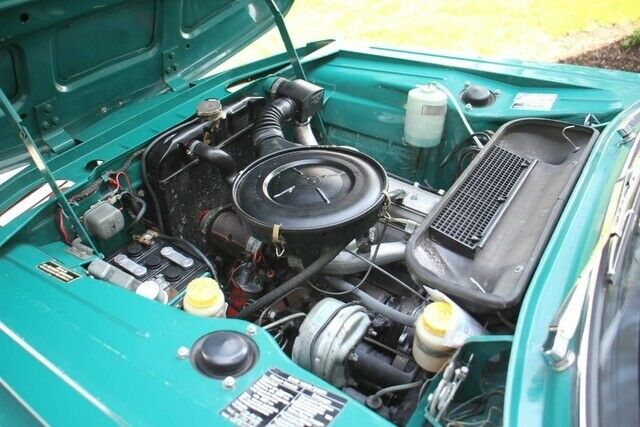



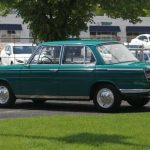
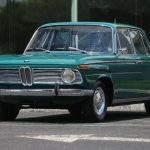
A few comments on this particular car. I spotted it in the internet maybe 5 or 6 years ago, as I was looking for classic BMW’s in this very unique TURF (not SURF) green. (I have a Turf green 1968 BMW 1600-2 hence my interest in those cars).
From memory, I recall that this car had been sold in Berlin 7 or 8 years ago for around 20k€. In the meantime, the car has passed through the hands of Oldenzaal Classic in the Netherlands – one of the most celebrated dealers of vintage BMW’s. Oldenzaal was the seller in the BAT deal that brought the car to the States.
My opinion on this car is very simple: very original and super looking car. The ride will be disappointing though, 02 and evenmore NK cars need a two liter engine with double webers or Solexes to arrive at 130-140 ps, and only at that power level, these cars become super drivers.
Thanks for the correction and info, Pawel!
Best,
Carter